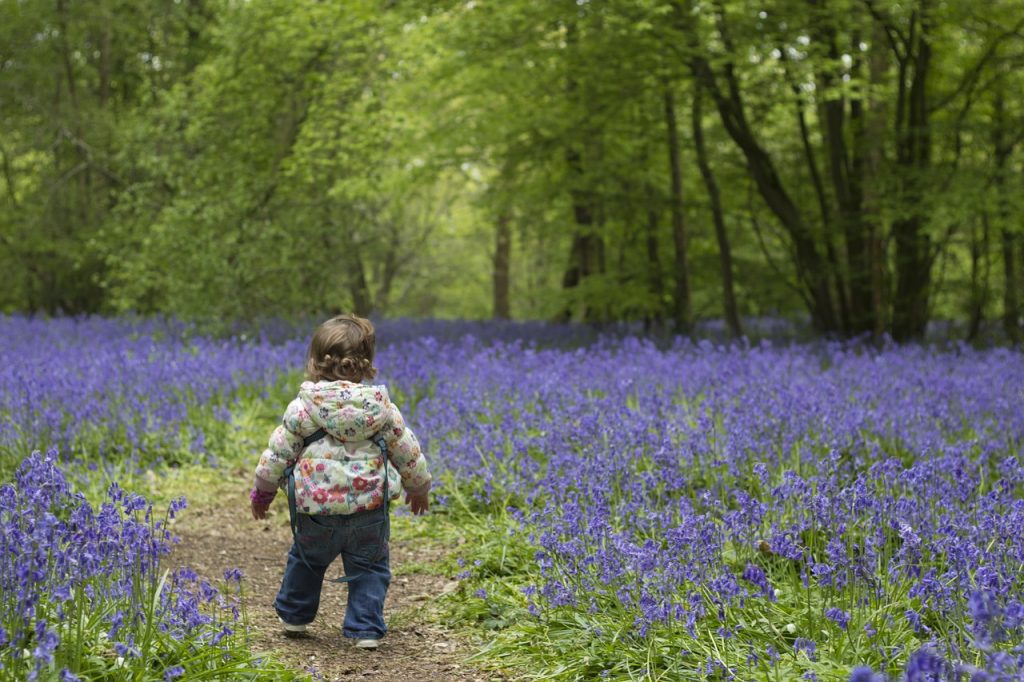Two forms of physical development—“gross motor skills” and “fine motor skills”—are essential for early learning. Gross motor skills refer to the development of large muscles and the skills related to them, such as walking and catching a rolling ball. Fine motor skills refer to the development of small muscles and the skills related to them, such as gripping a pencil or placing a puzzle piece. Fine motor skills typically require the development of small muscles in the hand.
Show Me How to Move!
Your toddler has just begun to learn about how her body moves in space and what her body can do. As her muscles grow, so do opportunities to develop new skills. Studies have shown that small children do not naturally learn physical skills on their own during play. They must learn physical skills from other children and adults who model these new skills.
Locomotion skills are generally learned in this sequence: walking, marching, galloping, hopping, running, moving around obstacles, and skipping. Do not expect your new walker to be able to gallop before she can march, and so on. Use loving encouragement and model the new skills at each stage of her physical development. Be sure your toddler participates in physical activity (using both her large and small muscles) for at least 20 minutes each day.
Activities that will help your toddler develop her physical abilities include:
· Dancing
· Playing “chase”
· Walking, marching, hopping, galloping, balancing, rolling, crawling
· Pushing, pulling, pouring, grabbing
· Playing with large and small playground balls
· Climbing on age-appropriate playground equipment
· Swinging
· Drawing
· Playing with play dough finger painting
· Pushing pegs into pegboards
· Eating with her fingers
· Eating with a spoon


